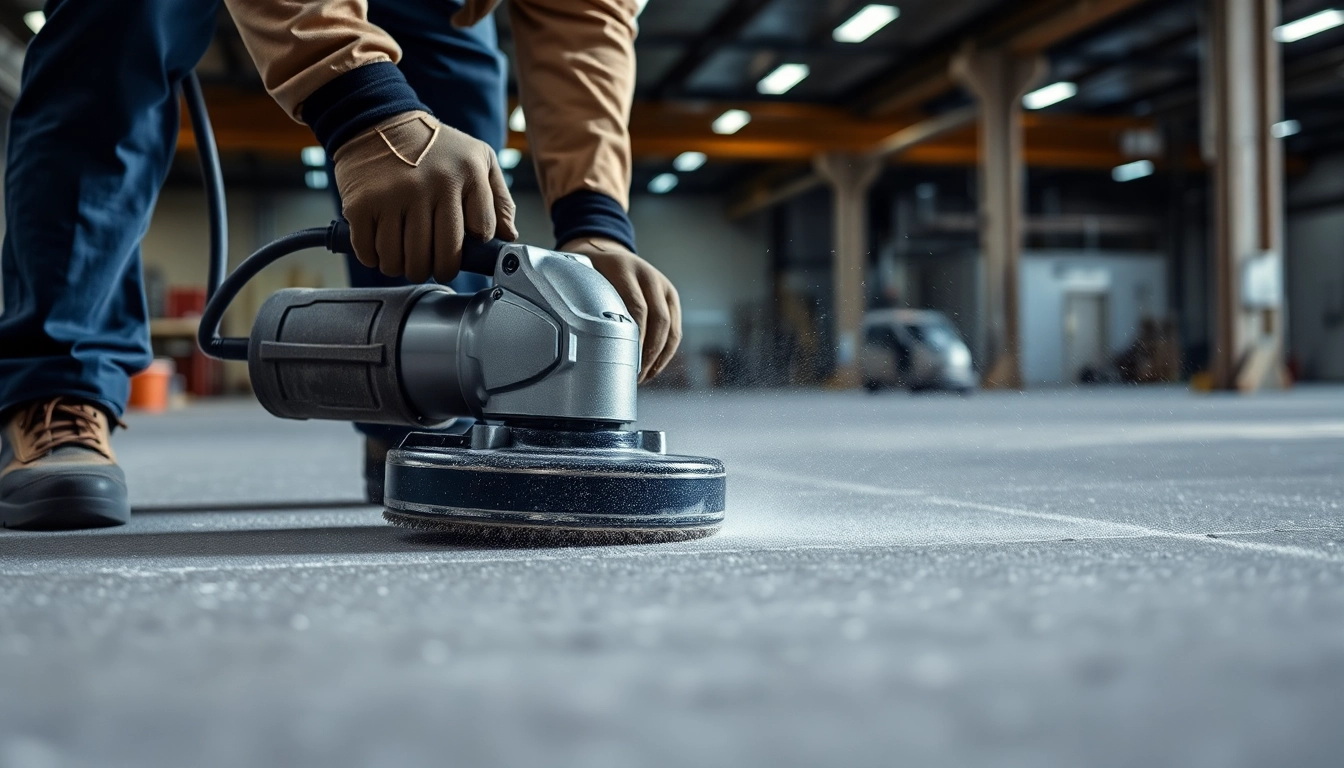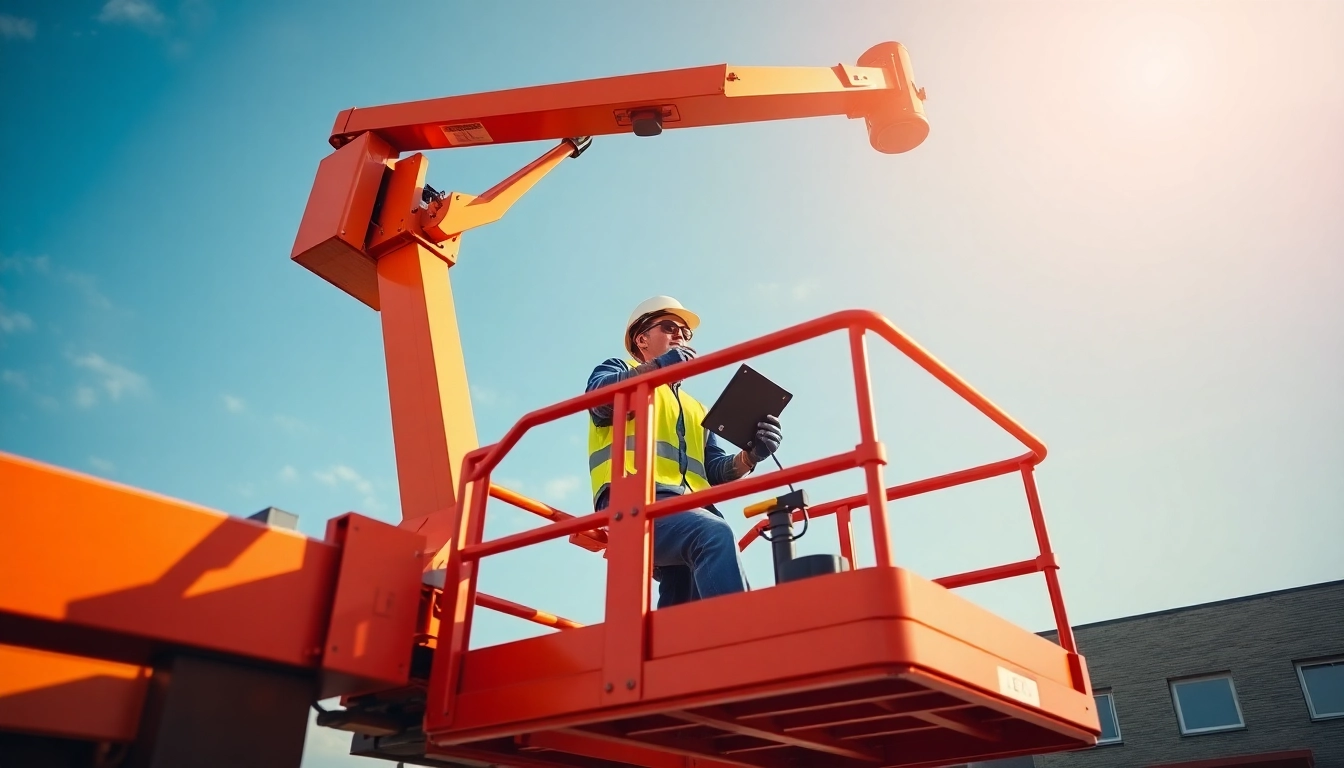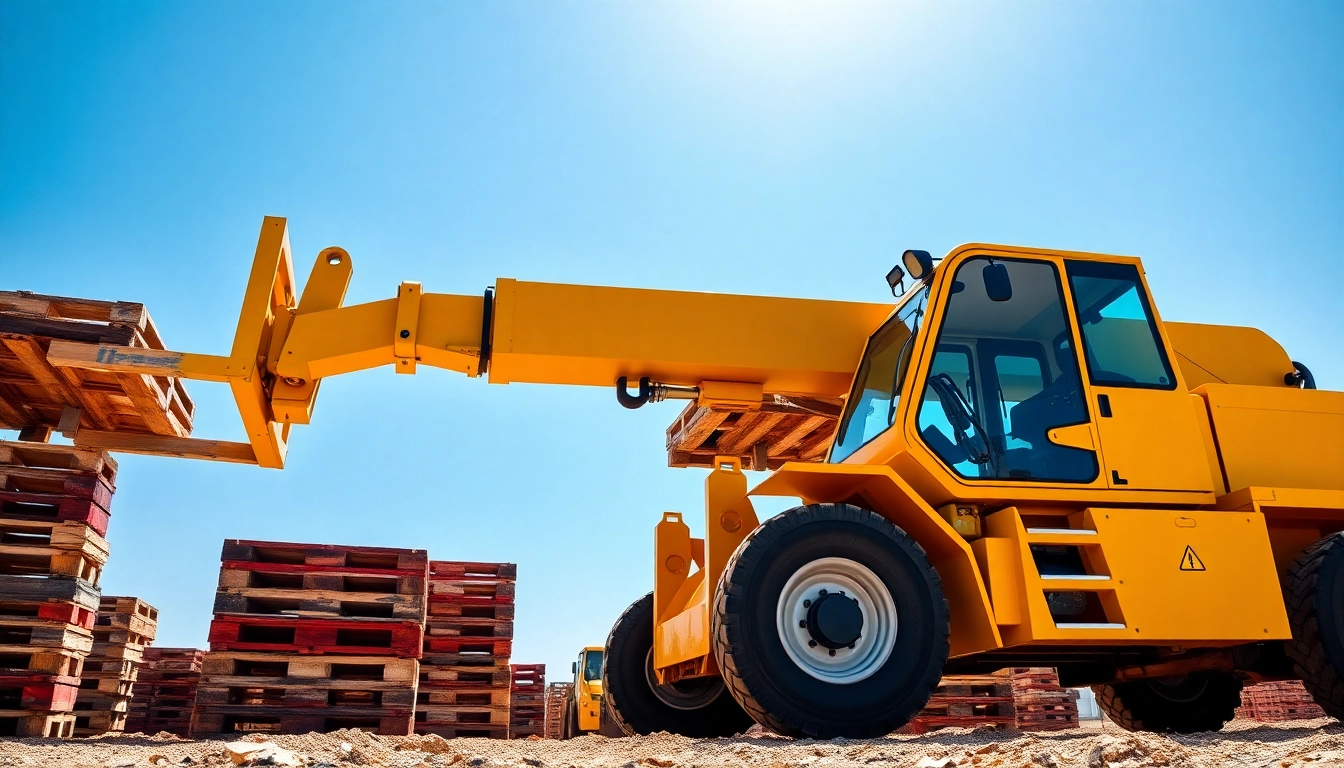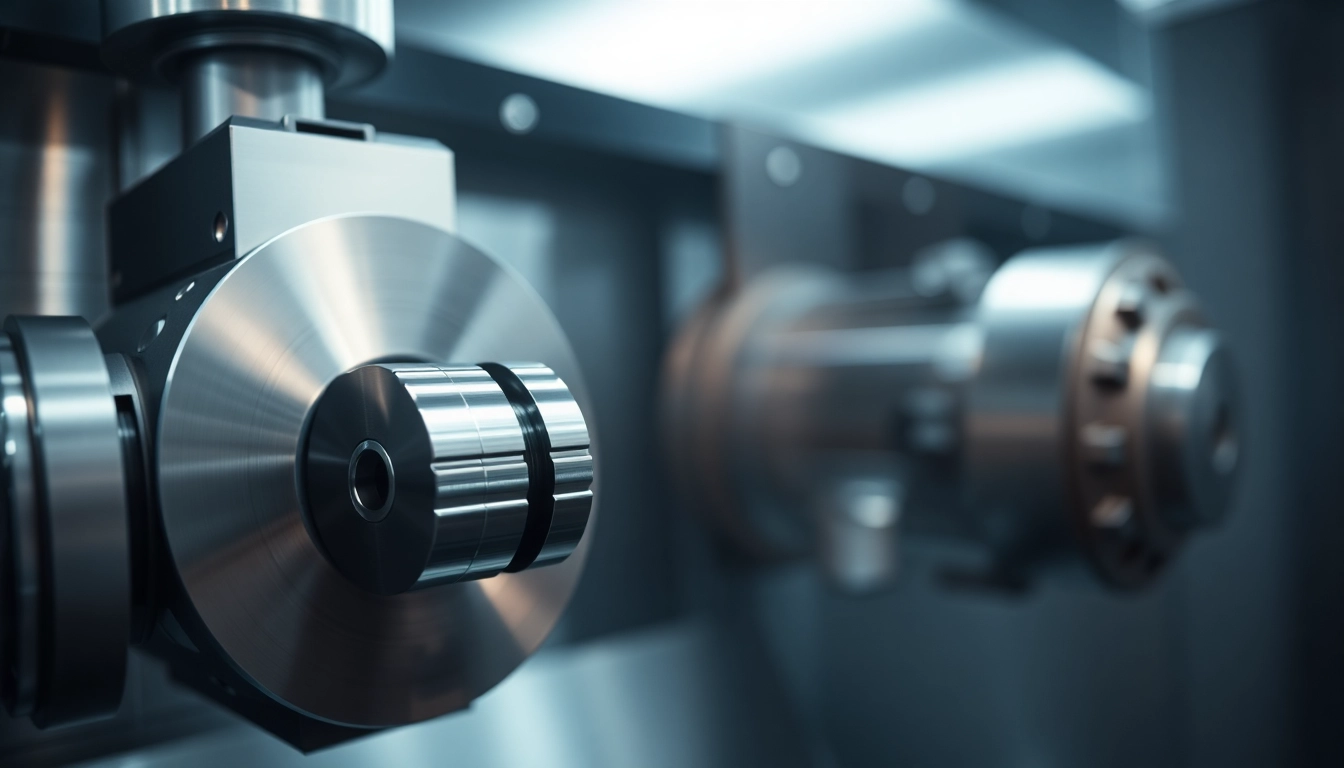Introduction to Compactors Rental: Benefits and Applications
In today’s construction and landscaping industries, the importance of proper soil preparation and foundation stability cannot be overstated. Achieving a durable, level, and well-compacted surface is fundamental to ensuring the longevity and safety of any project, from building foundations to paving walkways. One of the most efficient ways to accomplish this is through the use of compacting equipment, and renting such machinery offers flexibility, cost-effectiveness, and access to the latest technology.
For professionals and DIY enthusiasts seeking reliable, high-quality compaction solutions, Compactors rental emerges as a strategic option. This comprehensive guide explores the nuances of renting compactors, helping you choose the right equipment, optimize operations, and maximize your project’s success.
Understanding Different Types of Compactors Available for Rent
The landscape of compacting equipment is diverse, designed to cater to a variety of surfaces, soil types, and project scales. The main categories include plate compactors, rollers, rammer/vibratory rammers, and specialized machines. Each type offers distinct advantages, operational modes, and ideal applications.
Plate Compactors
Also known as wacker plates, these are vibratory machines featuring a flat, rectangular plate that oscillates to compress the material beneath. They are portable, maneuverable, and ideal for small to medium-sized projects. Plate compactors excel in compacting granular soils, asphalt, and gravel, especially in confined spaces or areas with tight access.
Examples include petrol-powered models suitable for outdoor use and electric variants for indoor or sensitive environments. When renting a plate compactor, consider the plate size—common widths range from 320mm to 400mm—to match your project’s scope.
Vibrating Rollers
These are larger, often ride-on machines that provide comprehensive coverage for extensive surfaces. Equipped with drum rollers, they are capable of compacting engineered soils, subgrades, and asphalt on large-scale projects. Rollers can be pneumatic, smooth drum, or pad-foot, each tailored to specific material types. Their high compaction force ensures uniform density over large areas, making them a staple for roadworks and airport runways.
Rammers and Trench Vibrators
Rammers or vibratory trench rammers are handheld machines used for confined spaces like trenches and corners. They are essential for compacting backfill, soil around foundations, or areas inaccessible to larger equipment. Their portability allows for precision in tight spots, but they are generally limited to smaller, focused tasks.
Specialized Compactors
Some projects demand tailored solutions, such as heavy-duty vibratory rollers for large projects or lightweight, low-noise compactors for indoor use. Renting the right type ensures optimal efficiency, safety, and project quality.
Key Industries Using Compacting Equipment
The versatility of compactors makes them indispensable across various sectors. Understanding these applications helps tailor your rental selection and operational approach.
- Construction: Foundation laying, road construction, concrete paving, and backfilling require robust compaction to ensure structural integrity. Compacting soil and asphalt reduces settlement risks and increases material stability.
- Landscaping: Creating level lawns, patios, driveways, and garden pathways benefits from precise soil compaction, ensuring durability and aesthetic appeal.
- Industrial Projects: Projects involving landfill, waste management, or plant construction often involve large-scale soil and aggregate compaction.
- Utilities and Infrastructure: Trenching for pipelines, cables, and drainage systems demands reliable trench compactors to prevent future subsidence.
- Mining and Quarrying: Compacting overburden or material stockpiles to stabilize stock surfaces.
Choosing the Right Compactor for Your Project
Assessing Site Conditions and Soil Types
The foundation of selecting an effective compactor lies in understanding your site’s conditions. Soil composition—whether it’s clay, silt, sand, gravel, or mixed—determines the machinery choice. For instance, coarser, granular soils respond well to plate compactors and vibratory rollers, while cohesive clay soils might require equipment with higher pressure and vibration settings.
Additionally, site accessibility influences choice. Tight corners, narrow trenches, or indoor spaces may necessitate smaller, maneuverable plate compactors, whereas open areas benefit from large ride-on rollers. Evaluating the moisture content and compaction depth needed also guides equipment selection.
Factors Influencing Rental Costs and Duration
Rental rates vary based on equipment type, size, and duration. Smaller handheld units may cost less per day but might require more time to cover extensive areas, increasing total costs. Larger machines, although more expensive, offer higher efficiency for large projects.
Rental duration depends on project size and pace. Short-term rentals are suitable for small, quick jobs, while long-term rentals may offer discounted rates. Consider additional expenses like transportation, operator training, and consumables when budgeting.
Rental Process: Booking, Delivery, and Return
The rental process typically involves selecting the appropriate machine, confirming the rental period, and arranging delivery. Leading equipment rental providers offer online booking platforms for convenience. Delivery options ensure your equipment arrives on time, often with optional operator training or technical support. After completion, proper return procedures and equipment inspections are vital to avoid additional charges.
Renting from reputable suppliers like RentMas ensures quality, safety, and reliable support throughout your project.
Operational Tips for Effective Compactor Use
Preparing Your Site for Compaction
Proper site preparation enhances the effectiveness of compaction. Clear debris, vegetation, and loose material before starting. Ensure the soil is damp if required because overly dry or wet conditions can affect compaction quality. Mark the areas to be compacted, and set up any necessary formwork or barriers to facilitate smooth operation.
Safety Best Practices During Operation
Safety is paramount. Operators should wear appropriate PPE, including gloves, safety glasses, ear protection, and sturdy footwear. Conduct a pre-operation inspection to check for damaged parts, leaks, or loose fasteners. Keep hands and feet clear of moving parts, and never operate equipment on unstable ground. Maintain clear communication with team members to prevent accidents.
Maximizing Efficiency and Quality Results
To achieve optimal compaction:
- Use overlapping passes to ensure uniform density.
- Adjust vibration settings based on soil type.
- Move the equipment at a steady, consistent pace.
- Monitor the compaction process periodically with a nuclear density gauge or other testing methods.
Scheduling continuous work in manageable sections prevents soil settlement issues and ensures consistency across the project.
Maintenance and Safety of Rental Compactors
Regular Inspection and Troubleshooting
Routine inspections before and after use prolong equipment life. Check for leaks, loose bolts, worn pads, or damage to vibration mechanisms. Clean the machine after use to prevent debris buildup. Troubleshoot common issues such as unusual vibrations, loss of power, or overheating by consulting the manufacturer’s guidelines or technical support.
Handling and Storage Guidelines
Store compactors in sheltered, dry locations when not in use. Protect electrical components with covers and drain fuel tanks if storing for extended periods. During transport, secure machines properly to prevent movement or damage. Follow manufacturer’s instructions for lifting and moving equipment to prevent injury.
Ensuring Longevity and Performance
Regular maintenance like oil changes, filter replacements, and lubrication extends lifespan. Keep detailed records of service schedules. Use recommended fuels and spare parts to maintain performance standards. Well-maintained equipment reduces downtime and operational costs.
Performance Metrics and Best Practices for Long-term Success
Measuring Compactness and Quality
Achieving the desired compaction level requires monitoring and testing. Techniques include:
- Probing or nuclear density testing for precise measurements.
- Visual inspection for uniformity.
- Assessing surface stability over time.
Document results to ensure standards meet project specifications and to fine-tune operation processes.
Cost-Benefit Analysis of Renting vs. Purchasing
Renting offers flexibility, access to advanced machinery, and lower upfront costs—ideal for one-time or occasional projects. Purchasing can be cost-effective for ongoing work, providing immediate availability and long-term savings. Consider factors such as equipment utilization rate, storage, maintenance costs, and the project’s scale when making this decision.
Case Studies and Customer Success Stories
Many construction firms and landscapers have reported improved project timelines, cost savings, and enhanced quality by choosing to rent compactors. For example, a landscaping contractor in the UK optimized soil stability in a large park redevelopment by renting a series of vibratory rollers and plate compactors, resulting in faster completion times and reduced equipment maintenance expenses. Such success stories underscore the strategic benefits of renting high-performance compacting equipment tailored to specific project needs.









